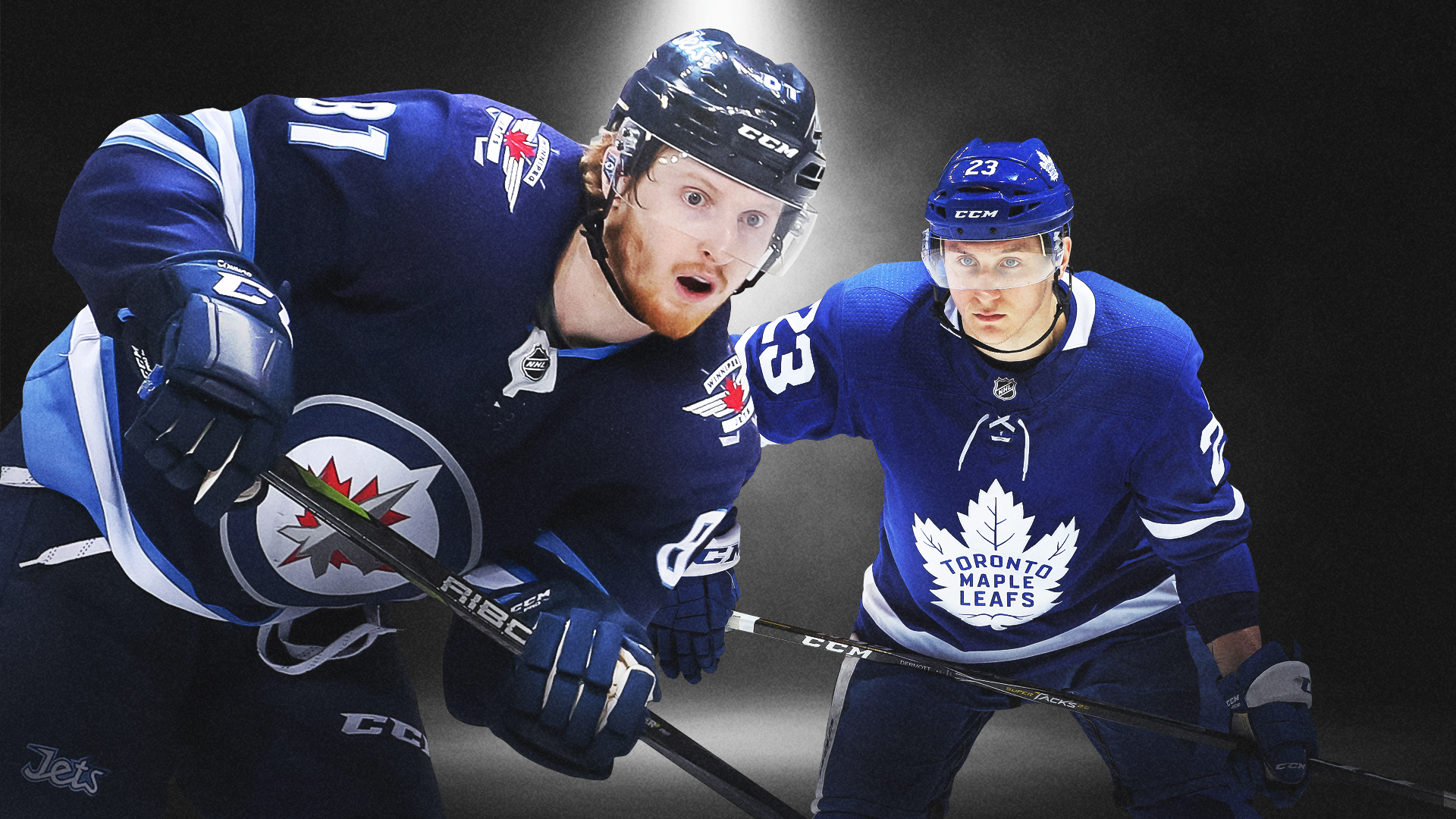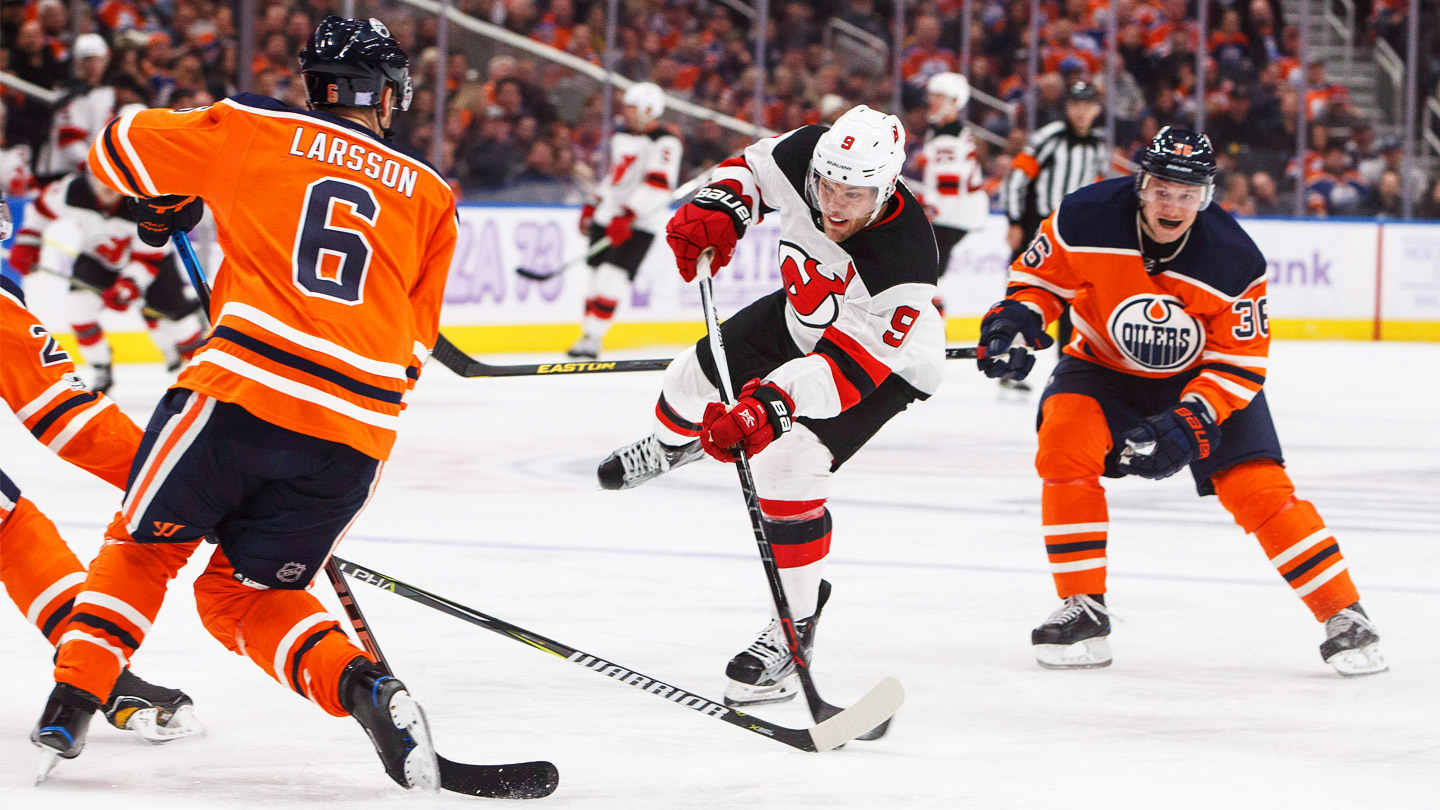After mulling it for a couple seconds, Scott Gordon came up with two possible answers to the question Patrice Bergeron’s coaches rarely have to ask themselves: “What the hell is Bergy doing?”
When Gordon had Bergeron with the American Hockey League’s Providence Bruins in 2004–05, the latter was an NHL-proven talent with no big league to play in thanks to a work stoppage that obliterated the entire season. As such, Bergeron was down on the farm ensuring that when labour peace was struck, he’d be even better than the 18-year-old version who’d surprisingly pushed his way onto the Boston Bruins as a second-round draft pick a season earlier. Gordon was already convinced Bergeron had a bright future. Among other things, he’d observed the youngster jump-start the Baby Bruins’ sagging power play when they tried him on the point. Perhaps most impressively, Bergeron displayed zero sense of entitlement after a year of chartered flights and five-star hotels in the NHL.
But while Gordon knew where things were headed long-term, he was bewildered by what he saw from Bergeron one day in practice. As the Bruins goalie coach worked with his guys, Bergeron was just out of frame along the boards, shooting out a glove hand and dropping down into a butterfly to mimic the movements of the puckstoppers. “As I’m watching him watch them, I’m saying to myself, ‘He’s doing one of two things,’” Gordon recalls.
The bench boss’s first thought: This aping session is simply Bergeron trying to satisfy his own curiosity about what life as a goalie is like. Then Gordon was struck by another notion, one that aligned with Bergeron’s perpetual no-rock-unturned quest for advantages. “It was almost like he was trying to understand what the goalies were doing and how he could beat [them], knowing the information [goalies were] given,” Gordon says. “And that’s as a 19-year-old kid.”
Bergeron is a 32-year-old man now and while his nightly contributions trigger no small amount of amazement, it’s still likely not commensurate with what he deserves. Long ago heralded as the best defensive forward in the game, Bergeron has reached new offensive heights playing beside a pair of wingers who’ve helped him form the best line in hockey. If Brad Marchand and David Pastrnak are thrilled to have Bergeron in the middle of their world, that’s just a sliver of the positive sentiment in the hockey universe for a guy always getting a tip of the helmet from someone. The concussion scare he endured a decade ago imbued Bergeron with an even deeper appreciation for the professional life he’s never really taken for granted. And every single person who’s crossed paths with him over the years seems truly thankful for the experience.
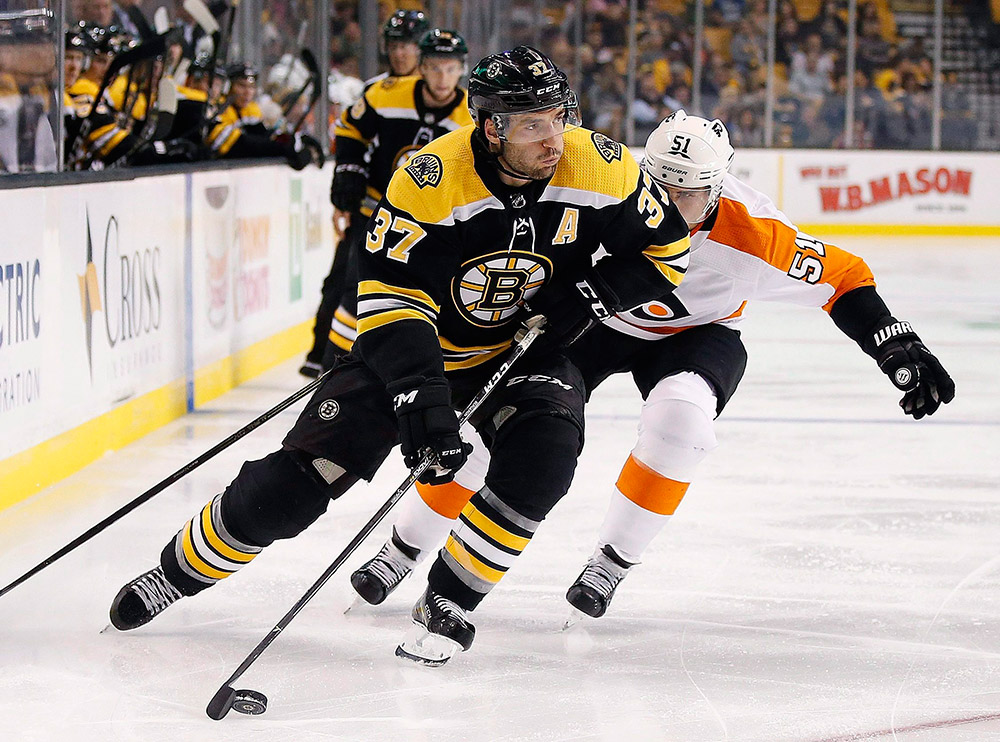
There’s actually some adorable precedent for Bergeron analyzing AHL goalie techniques. As a kid, when his parents first put him on the ice to learn how to skate, instead of inching his way along the boards, picking up the skill bit by bit, the little guy would always break for the crease, drop down to his knees or rear end and watch the other kids swirl around. Often, he’d wave to his parents and blow them kisses. And then one day — after a month or two of observation — he just hopped up and started tearing around.
The only net-related thing Bergeron is doing at the morning skate ahead of the Bruins’ final regular-season game against the Toronto Maple Leafs, however, is firing pucks at an empty one from the spot on the ice he’s come to own. The four-time Selke Trophy winner has put up 52 points through 53 games to this late-February point of the season, including 27 goals. Many of those from the precise position he’s standing in now, taking passes from assistant coach Jay Pandolfo. Bergeron, situated about three feet inside the right faceoff dot, alternates with each Pandolfo feed, redirecting one to Pastrnak at the side of the net, then one-timing the next on goal. “We call it the bumper spot on the power play, the middle man in the slot,” Bergeron says, chatting on the final Saturday of the regular season. “It’s one of those positions where you need to have a quick release.”
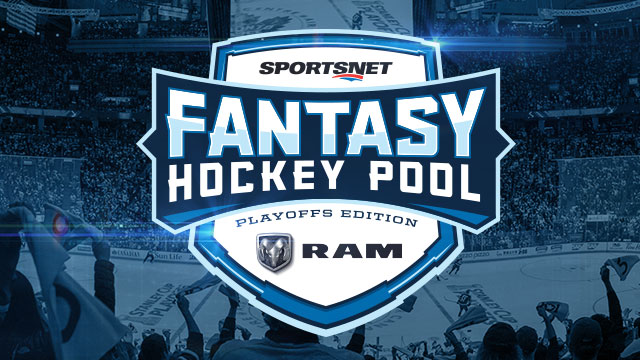
Sportsnet Fantasy Hockey Pool
Enter now to win the ultimate grand prize: an all-new 2019 RAM 1500 + $25,000 cash!
Click here to enter FOR FREE
The level of threat Bergeron represents on offence likely remains lost on significant swaths of fans. He’s been subject to all kinds of praise, but because it tends to centre on smarts and work ethic — and thanks to his flashy-as-cement style — his talent sometimes gets lost in the mix. Consider, though, that when Bergeron made the Bruins at 18 — just two years after being cut from his major-junior club as a still-small 16-year-old — it was rare for players of that age to make an impact in the mucky, clutch-and-grab NHL. In fact, in the five years preceding the lockout, 2001 first-overall pick Ilya Kovalchuk was the only player who stepped into the league right after being drafted and put up better numbers than the 39 points produced by Bergeron as a rookie in 2003–04. At the end that season, Bergeron was selected to play for Mike Babcock and Team Canada at the 2004 IIHF World Championships. On a club littered with veteran savvy, the squad’s youngest player instantly proved his worth. “Babcock immediately trusted him,” says a member of Canada’s staff from that year.
That has also been the case at Olympic Games in 2010 and 2014, as well as the 2016 World Cup, three best-on-best events that concluded with first-place finishes for Babcock, Bergeron and Canada. Domestically, Bergeron led the Bruins to the 2011 Stanley Cup and another trip to the Final in 2013 when he infamously — from the point of view of fans who support Canada’s most popular club, anyway — brought down the curtain on a Shakespearian tragedy by scoring Boston’s overtime winner in the Great Game 7 Maple Leafs Collapse.
Because so much celebration has coloured the latter two-thirds of Bergeron’s career, it’s easy to forget there was a time when it seemed all his promise might never be realized. In late October 2007, Philadelphia Flyers defenceman Randy Jones drove Bergeron from behind into the TD Garden boards. As he lay motionless on his back, arms extended at 3 and 9, Bergeron’s breath fogged the visor that was thrust down over his face. In that moment, his future seemed equally cloudy.
Jones was suspended only two games — the hit would draw at least 20 today. Bergeron didn’t play another game for 11 months, giving him far too much time to mull scary possibilities. “I had a chance to go see him a number of times during that stretch when he was at home and recovering,” says Zdeno Chara, who’s been the Bruins captain since 2006. “I could see that he had strong doubt in his mind if he would ever be able to recover and play at the same level.”
There would have been no shortage of concern for any Bruin in that awful spot. The reality, though, is even by age 22, Bergeron had earned an ocean of respect, and that added a whole other dimension to the situation. “He would be, in my opinion, one of the best human beings I’ve ever played with,” says former enforcer Shawn Thornton, who joined the Bruins the year Bergeron was felled. “I was surprised to learn how young he was, even though I kind of had an idea. Very intelligent, very thoughtful, very caring, very generous.
“You could tell — I’m sure anyone you talk to [from the 2007–08 team would say the same] — everyone loves him so much that they would have done anything in their power [to help]. It wasn’t just, ‘Oh, another player got injured,’ it was, ‘Holy shit, that’s Bergy: I really f—kin hope he’s OK.’”
Bergeron returned the next year, but was forced out with another head injury in December. He played 64 contests in all that season, posting the lowest points-per-game mark since his rookie campaign. “I felt like it took some time just to get back and have the confidence,” Bergeron says. “The biggest hurdle is probably the mental [one]. It’s been a while since you’ve played hockey, you’re not able to make the same plays at first. It’s something you kind of struggle with.”
Chara certainly saw evidence of an internal battle. “You could tell he was careful and very much [it was still] in his head to worry that [if he got] hit again, that would be it,” he says. “Credit to him that he was [eventually] able to really block that little worm in his head, that little voice telling him, ‘Hey, be careful, be careful.’ I mean, he was careful, but he was not shying away from it [and it didn’t] affect his game.”
Chara had great concern for his teammate then and the affection it grew out of has only grown over time. The big man and Bergeron have set the Black-and-Gold standard for years now and the admiration they carry for each other can’t be missed. When it’s suggested the troubles of his cherished friend seem long ago now, Chara reflexively raps a knuckle on the wall — maybe not wood, but close enough. He’s right to be cautious, of course, given the reoccurring nature of concussions. Bergeron hasn’t missed any time for concussion-related reasons since 2013. What is on record is Bergeron’s my-God willingness to play through other injuries, like the busted rib, separated shoulder and punctured lung he gutted out in the ’13 Final versus the Chicago Blackhawks. “Some guys are a little tougher than others with [injuries],” says Chara, “and he’s probably one of the toughest.”
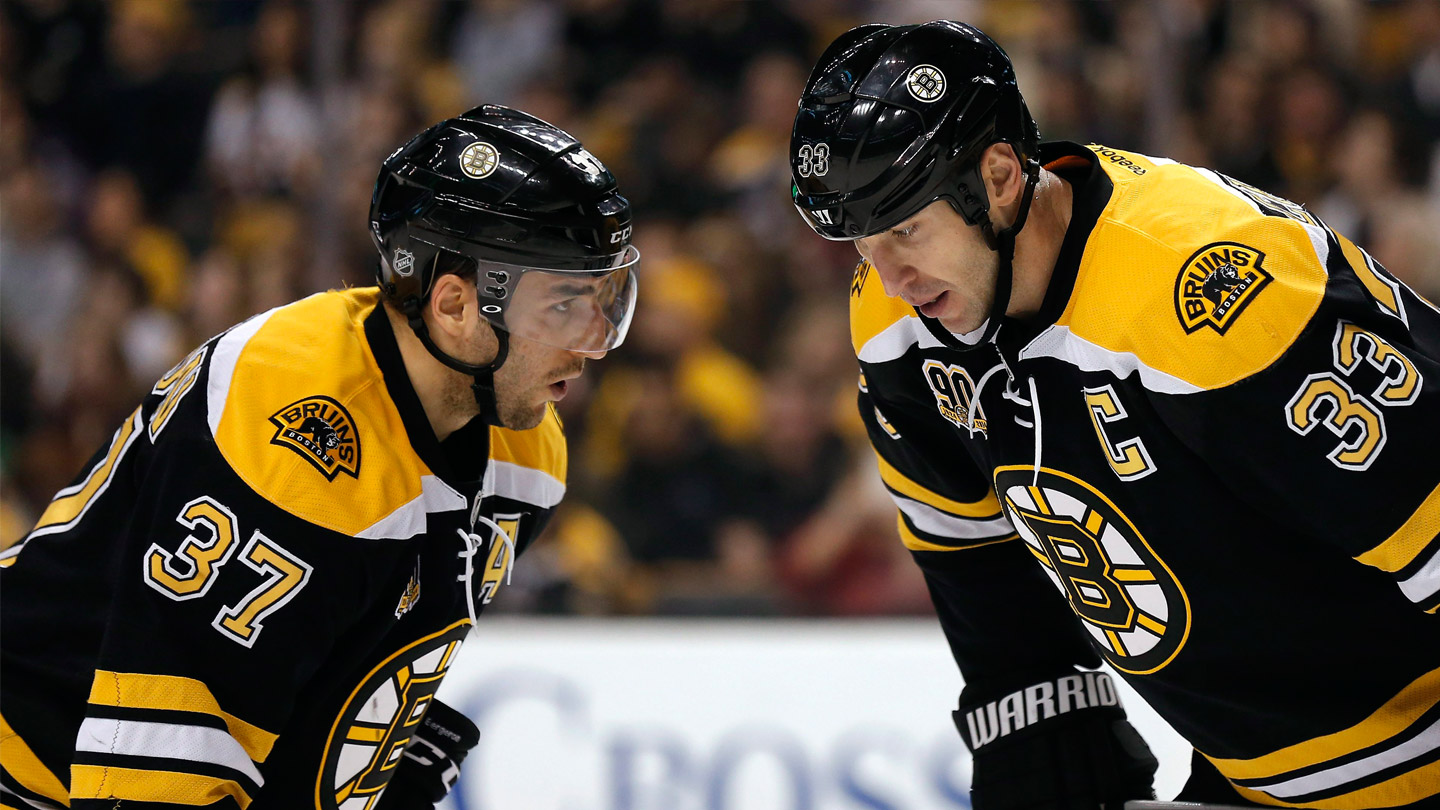
Bergeron was just over a month shy of his 11th birthday when he saw his beloved hometown team win a Stanley Cup for another city. It hurt watching the Colorado Avalanche claim a title one year after being the Quebec Nordiques, but Bergeron — who grew up just outside Quebec City — had been so invested in players like Peter Forsberg and Adam Foote that he couldn’t help but feel good for them. One in particular always stood out. “Joe Sakic, for me, was a great role model,” he says.
Despite being a singular title, The Game’s Most Respected Guy is an unofficial distinction usually shared by two or three players in a given era. Sakic had it, and the handle has since been carried by players like Nick Lidstrom and Jarome Iginla. To qualify, you have to be a true upper-tier talent whose on- and off-ice manner is unimpeachable. Poll the NHLPA membership today and Bergeron probably wins in a walk. Former teammate Rich Peverley is fond of telling people that if he ever gets another hockey life, he’s coming back as Patrice Bergeron. And if Peverley, a player development coordinator with the Dallas Stars, was starting a team tomorrow, the guy he could never shake in practice drills would be pick No. 1. “He’s the vital piece,” Peverley says. “Just look at Sidney Crosby: Who does he always want to play with when he goes to Team Canada?”
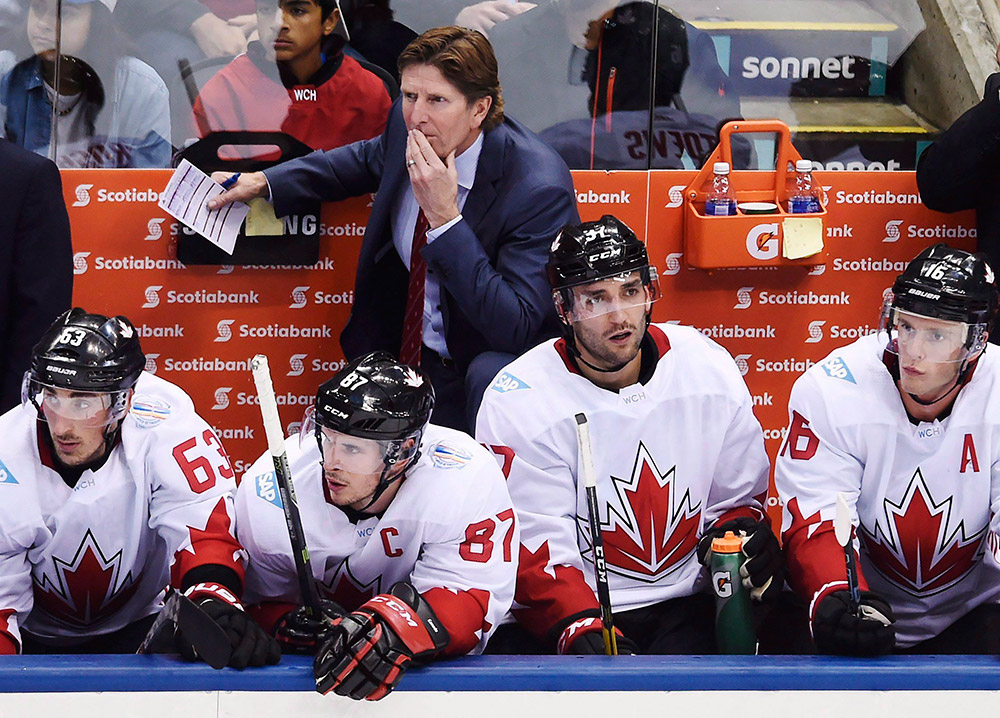
Endorsements like that aren’t new to Bergeron, but the widespread notion he’s worthy of the glamorous awards usually reserved for Crosby and his elite offensive ilk is new territory. Marchand, as a rookie, was paired with Bergeron in 2010 as a training camp experiment by former coach Claude Julien. He’s played with him ever since and told a pack of reporters in Toronto that his long-time running mate should be a Hart candidate every year. Right after his team’s February loss to the Leafs, Bergeron was forced out with a foot injury that torpedoed his mounting MVP campaign this season when he was on a 40-goal, 80-point pace. It’s just accepted hockey logic that players who produce to that level have to cut defensive corners from time to time: Bergeron, though, never steps off the porch without making sure the front door is locked.
“The other team can’t wait for his mistakes to be able to counter attack because it’s not going to happen,” says Gordon, a one-time Leafs assistant now coaching the AHL’s Lehigh Valley Phantoms. “Yet he can wait for his offence to come because the other team will make the mistakes eventually. That’s when he’ll pounce.”
It goes without saying that Bergeron is always impeccably prepared. The fast-twitch shot he’s succeeding with is the result of constant puck-firing and figuring out how to slip in and out of opponents’ focus. “Every team knows he’s there and he’s still able to move and find the open ice to get that pass in the slot,” Pastrnak says.
On the other side of the puck, Bergeron doesn’t try to map out the entire game, preferring to lean on his instincts to avoid becoming anything close to robotic or predictable. It’s when the game becomes more static — at a faceoff or during power plays and penalty kills — that he starts flipping through the case files he’s built. “I put a lot of notes in my head and I don’t forget stuff,” he says.
Whether you play hockey or not, you might want to remember all of this.

